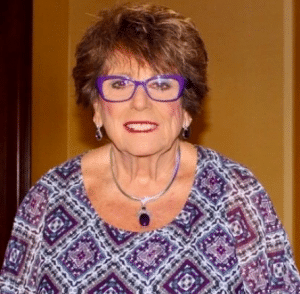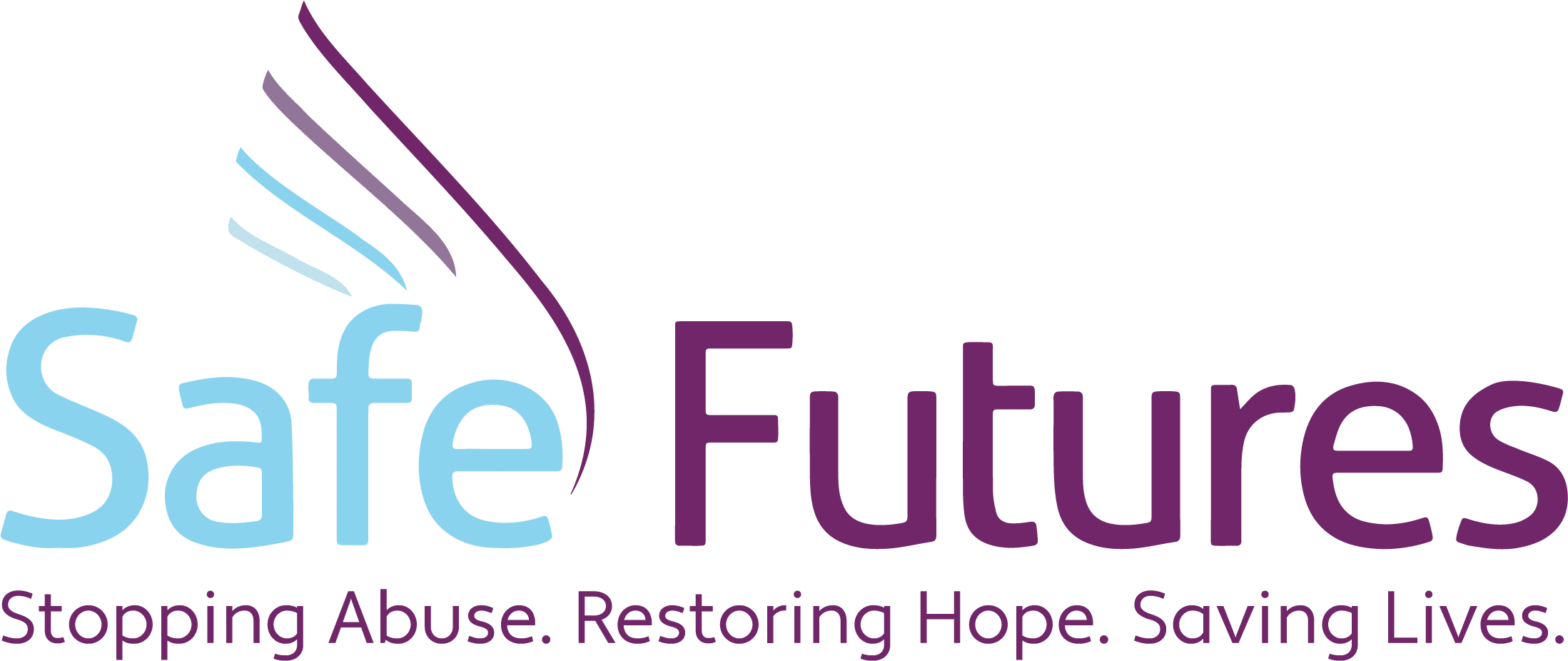
NEW LONDON — Fresh out of law school in the late 1970s, Sheila Horvitz began doing pro bono work for domestic violence victims referred to her by an upstart nonprofit known as the Women’s Center. It didn’t take long for Horvitz to recognize the far-reaching impacts of domestic violence. Beyond the physical abuse, victims and their families face an uphill battle reconciling their emotional trauma, struggling against homelessness, and an acute susceptibility to depression, substance abuse, and suicide. Even more jarring, she says, was the utter inadequacy of the broader community’s response.
“When I started practicing law it was really difficult to find anybody who had a handle on domestic violence,” Horvitz says of the era.
That gap in support services is what makes the founding of Safe Futures, created as the Women’s Center of Southeast Connecticut, such an important legacy, and one that Horvitz strives to share. She is collecting newspaper articles documenting the decades-long trajectory of Safe Futures, as well as interviewing organizers and staff from the organization’s early years. This year marks the 45th anniversary of Safe Futures’ founding in 1976 and the history of the organization is a vital thread in the community’s history.
“This is an important issue in our culture,” Horvitz says of domestic violence. “This is not a reading society. This is not a knitting society. This is one of the most important issues in our culture.”
For decades, Horvitz saw the dynamics of domestic violence play themselves out in court, but one experience in 2004 served as a tipping point. On Labor Day that year, Rose Conrad, a client of Horvitz’s, was murdered by her husband. In Conrad’s memory, Horvitz established a memorial fund that, to this day, continues to help victims of domestic violence.
Created by nine women trying to offer a network of support to women in the area, the early years of Safe Futures saw the organization move quickly towards a focus on domestic violence and rape – an emphasis that founding members say was prompted by requests in the community. Within two years the organization developed a 24-hour hotline for women, led discussions on how to navigate the legal system, and offered a support group for women.
“It just blossomed because there were all these other needs that were discovered,” Leslie Pope-Hall, one of the founders, says of the early days.
By 1983 the founders had 13 paid employees and an army of 100 volunteers. Eight years later, in 1991, a transitional housing facility offered nine apartments to domestic violence victims.
“There was a vacuum, frankly,” says co-founder Barbara Greenberg of the need for such services. “There were lots of nonprofits in New London, but they didn’t want to touch these issues. We filled a vacuum. There was just no place to go.”
Today the organization serves over 9,000 people annually and offers a raft of counseling, advocacy, outreach, and housing programs. Chief Executive Officer Katherine Verano is now leading an effort to build the fully integrated Center for Safe Futures that will bring nearly every agency whose work touches on issues of domestic violence under a single roof. Police and prosecutors’ offices, childcare services, counselors, job training programs, and more will share space at the Center for Safe Futures to bolster collaboration and make it easier for victims to access the help they need.
“I’m so pleased that Safe Futures does so much now,” says Linda Vogel, who was one of the first counselors to work at Safe Futures. “It does my heart so good to see you all carrying it forward.”
Safe Futures is a leader both locally and across the state in spurring legislative and grass roots changes that improve the lives of victims and their families, but there is still much to do. As proof of the ongoing need Verano points to the docket in the New London courts where more than a third of the criminal cases heard annually are domestic violence cases.
“I think one of the most important things is how much progress has been made since 1976, even though it’s still not enough,” Horvitz says. “There are still people in the shadows.”
